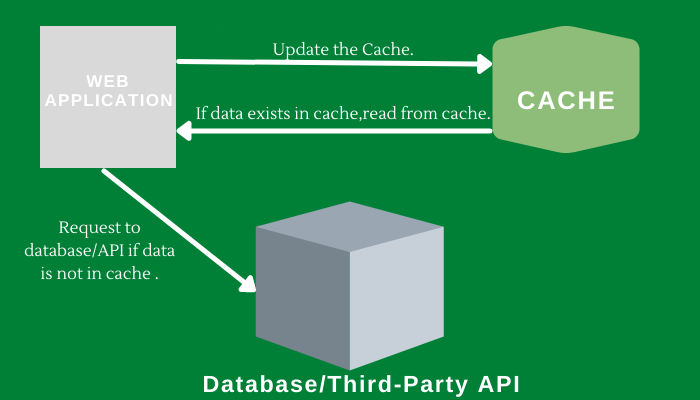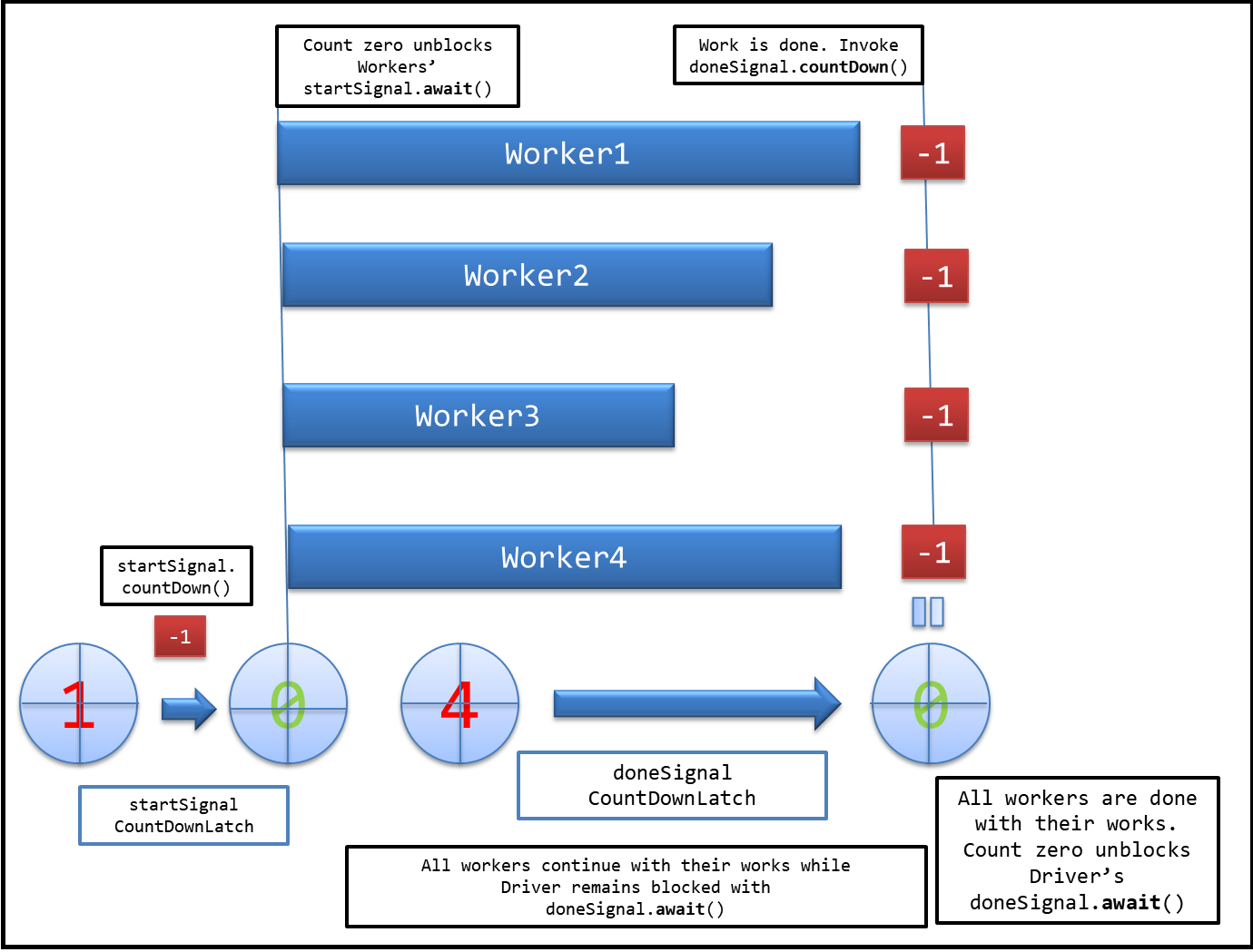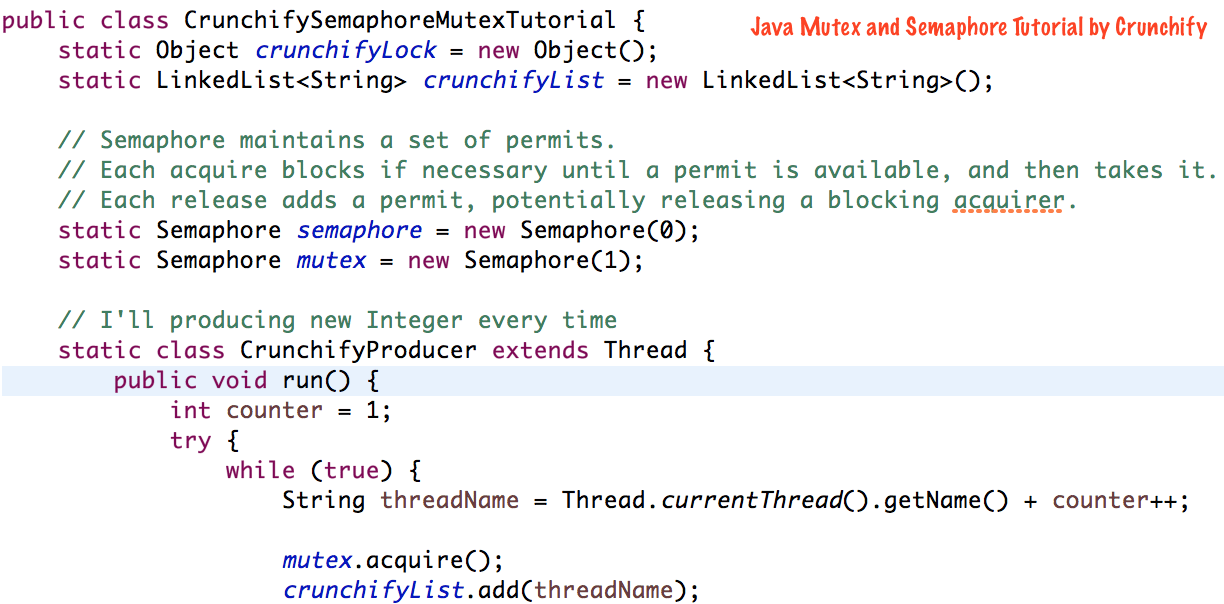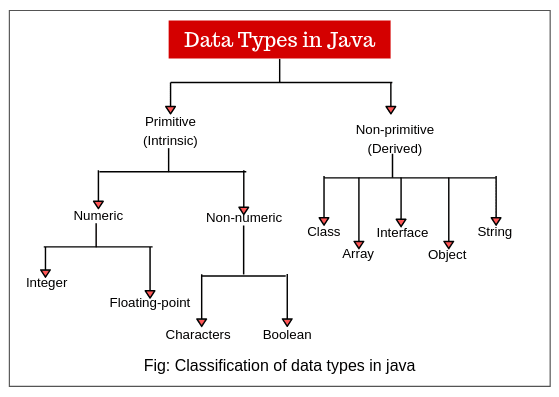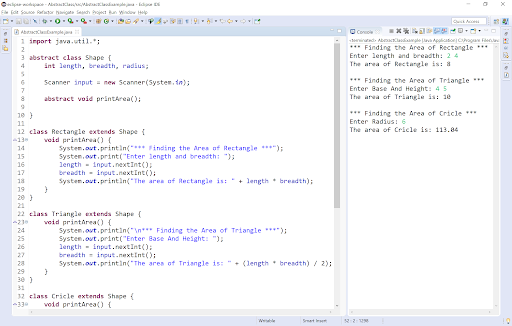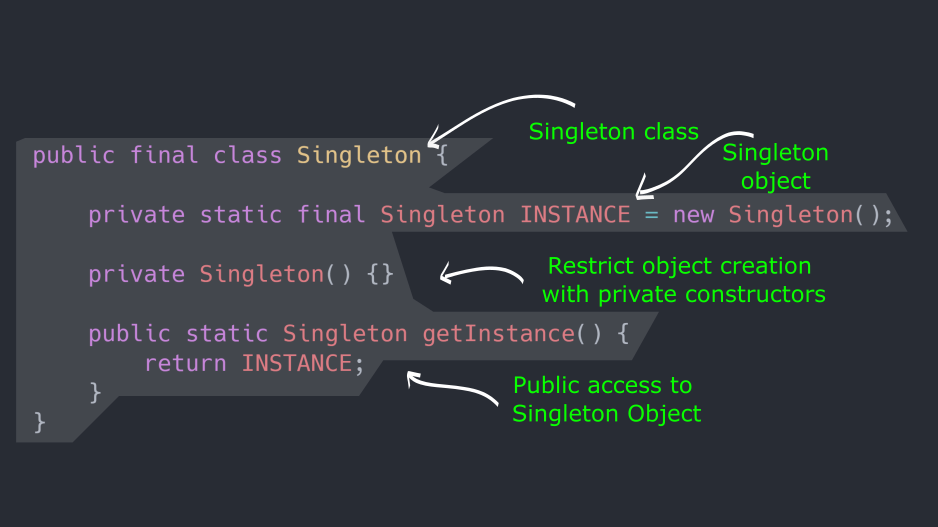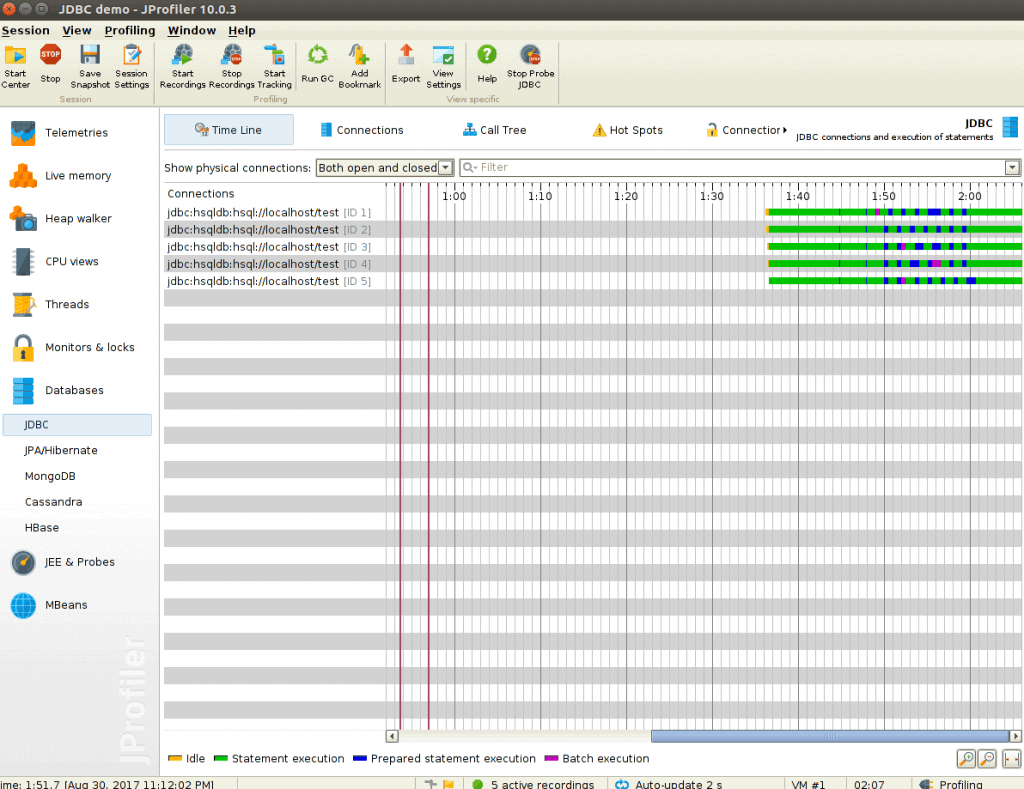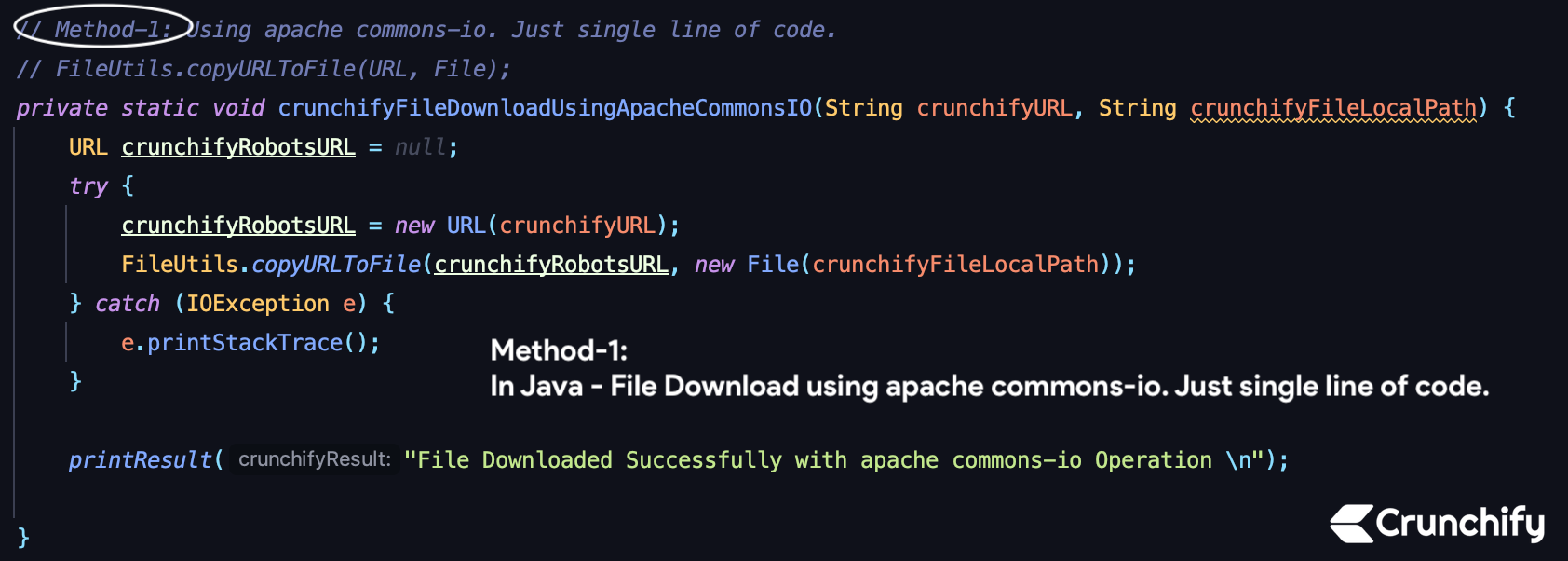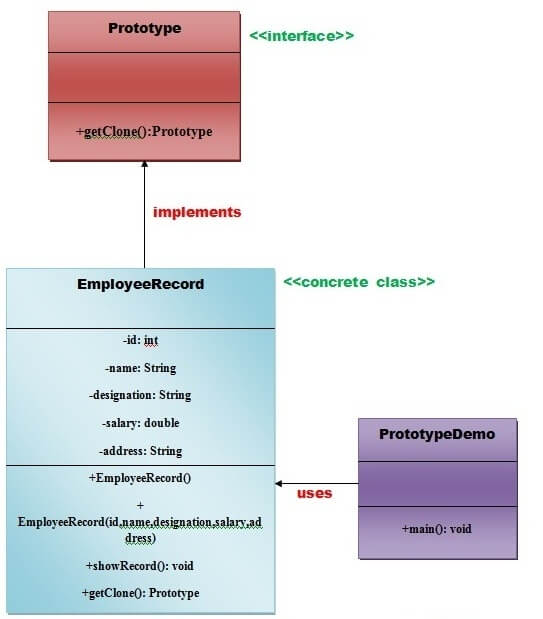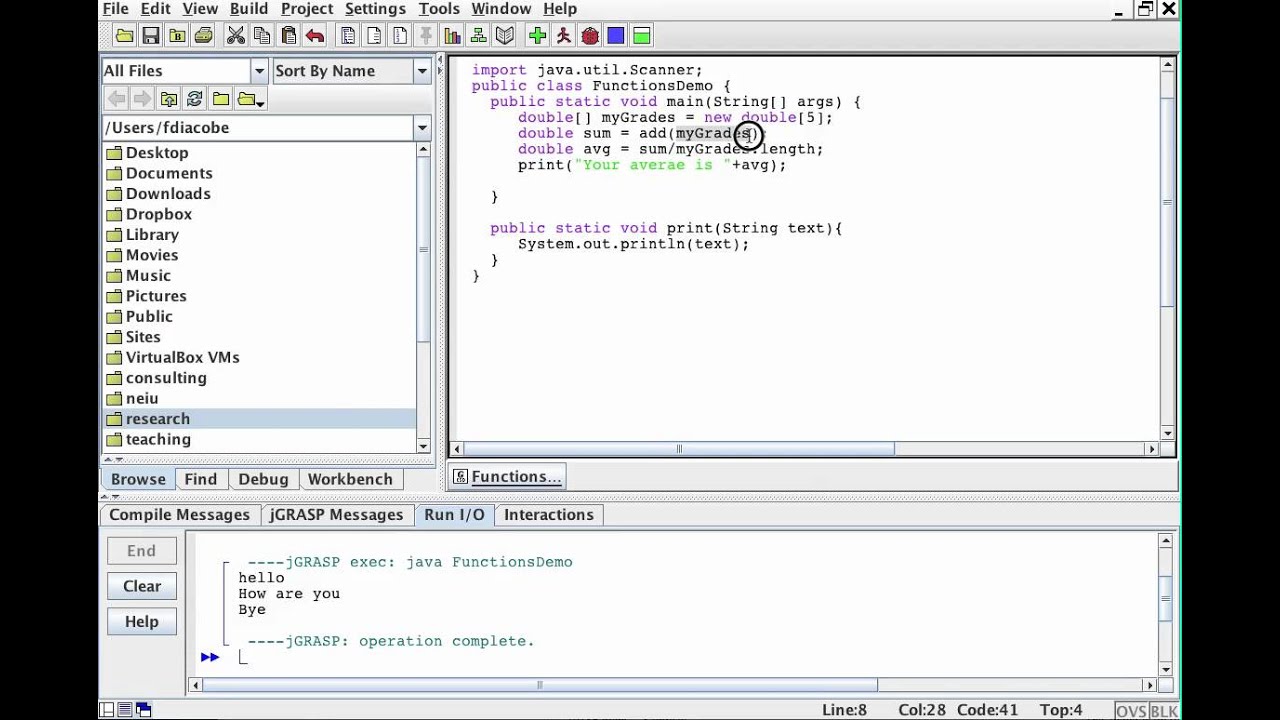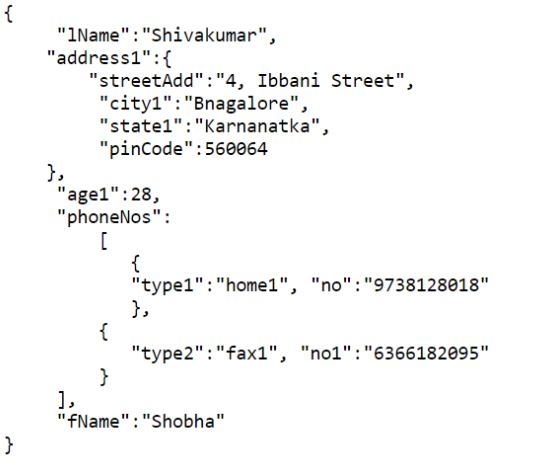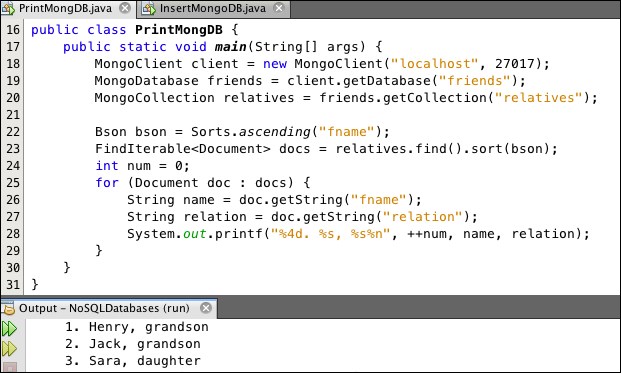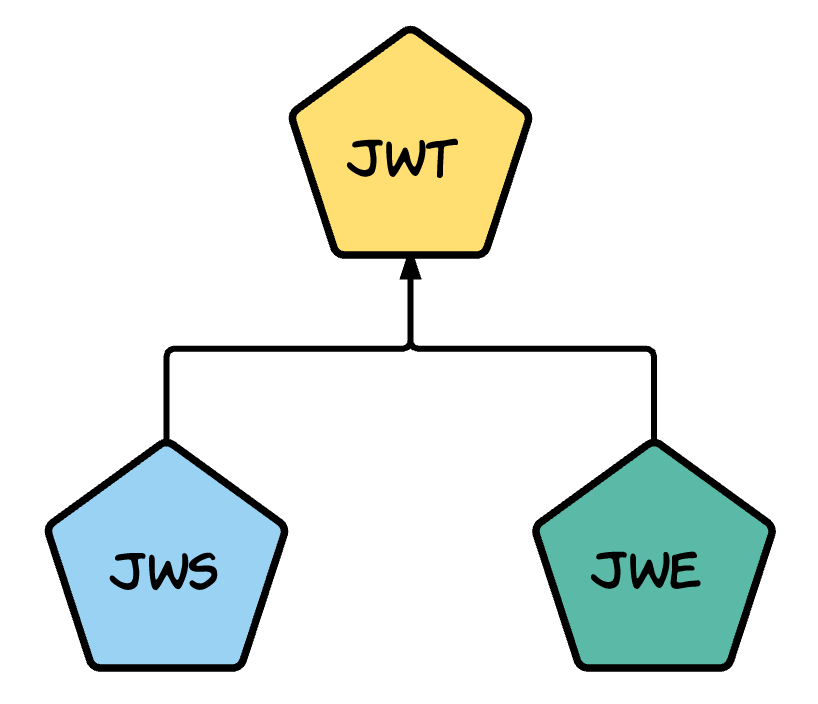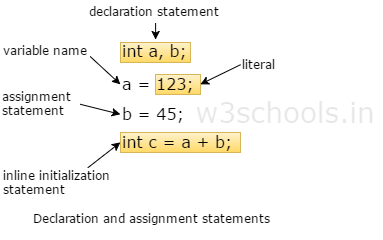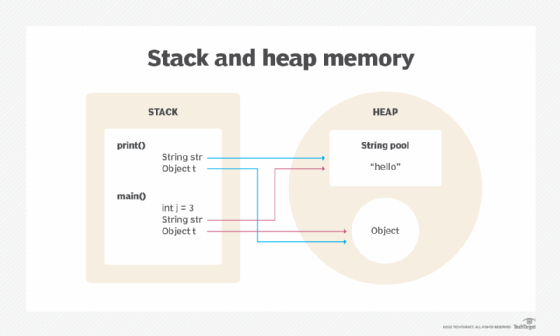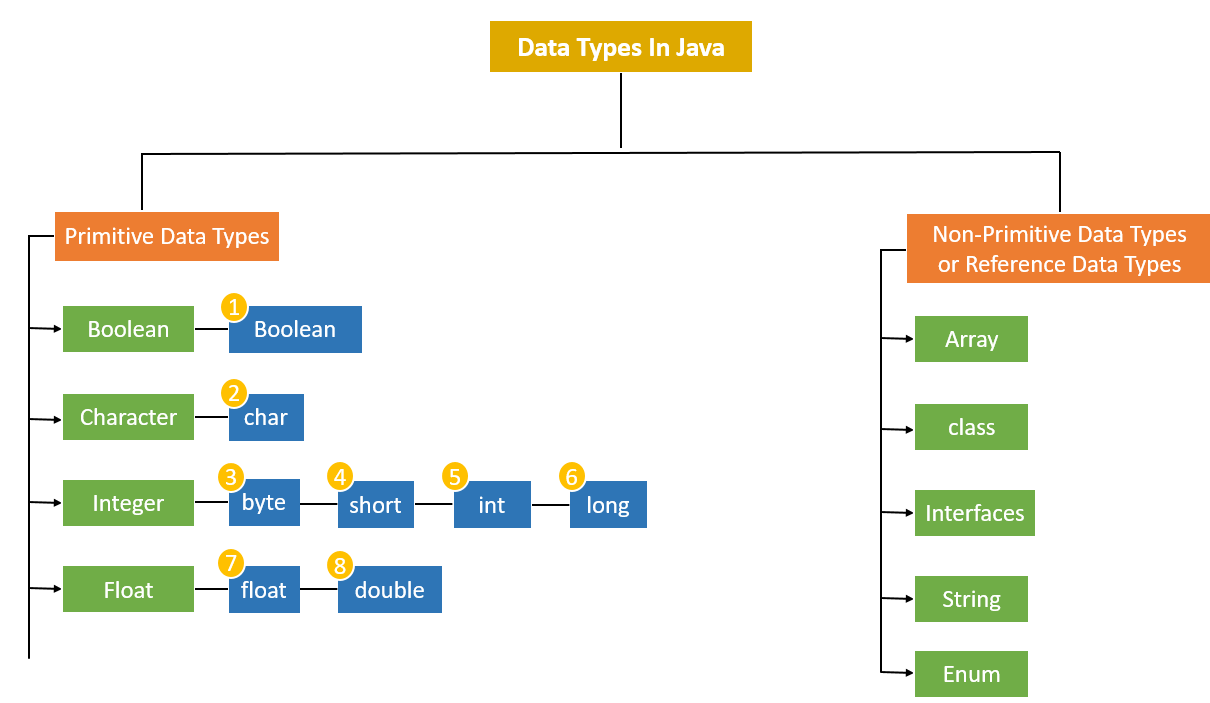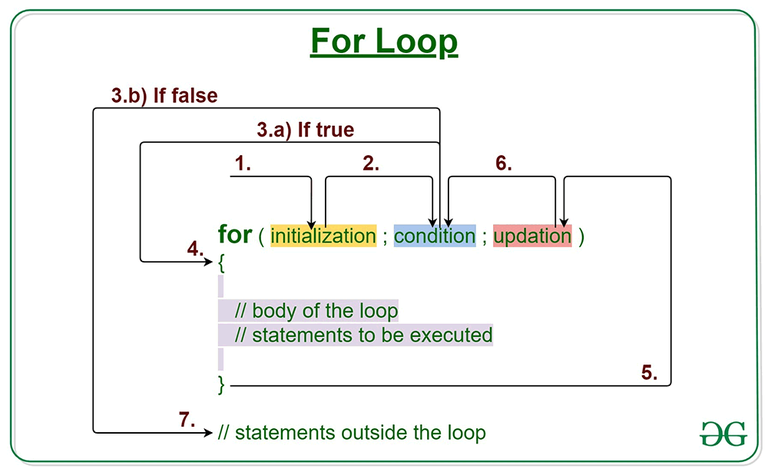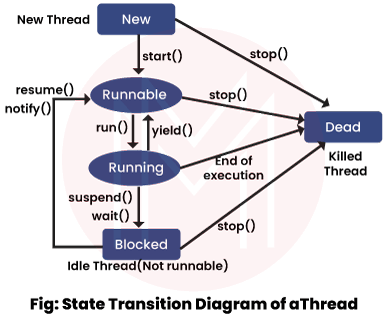java lock condition
java lock condition
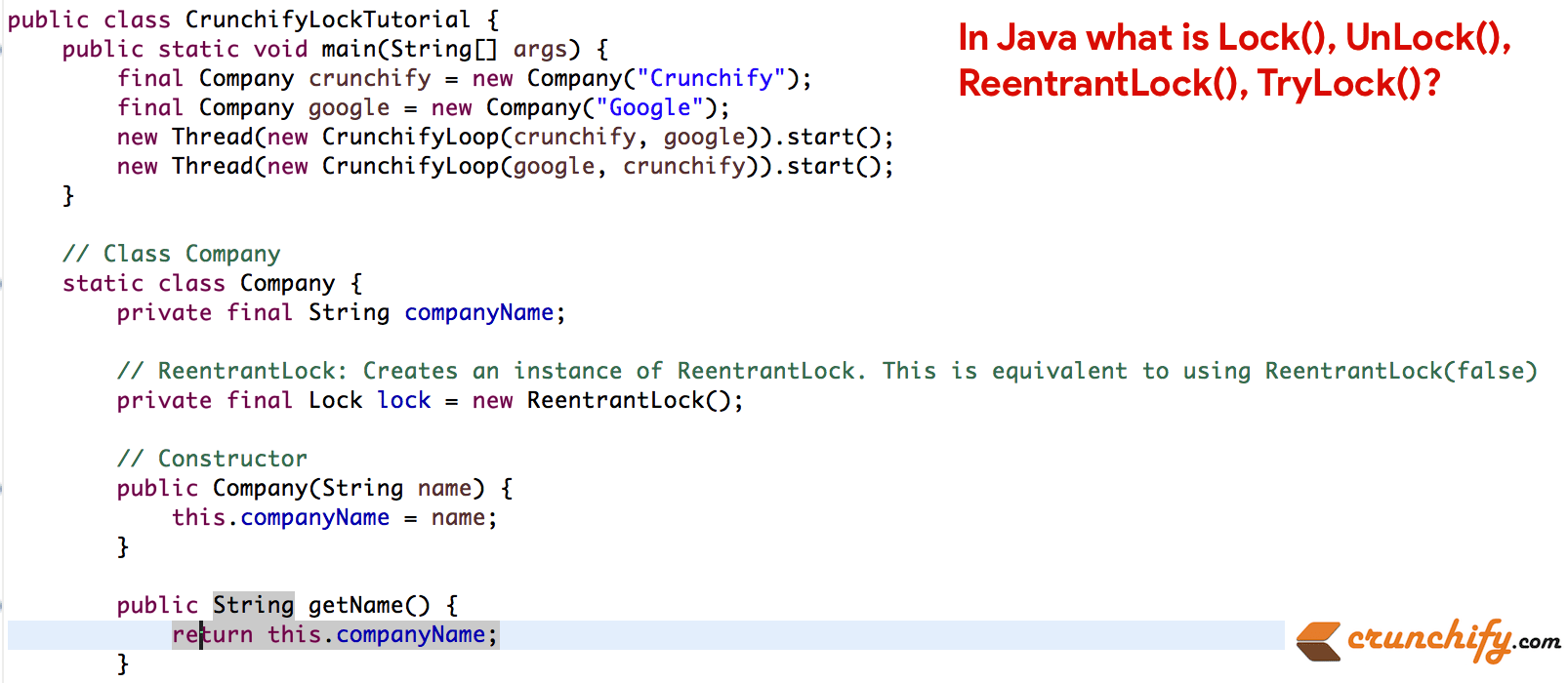
I'm glad to see that you're interested in learning about Java locks and conditions! In this explanation, I'll cover the basics of using locks and conditions in Java Multithreading.
Locks:
In Java, a lock is an object that can be acquired and released by multiple threads. The primary purpose of a lock is to ensure that only one thread can execute a critical section of code at any given time. There are two main types of locks in Java:
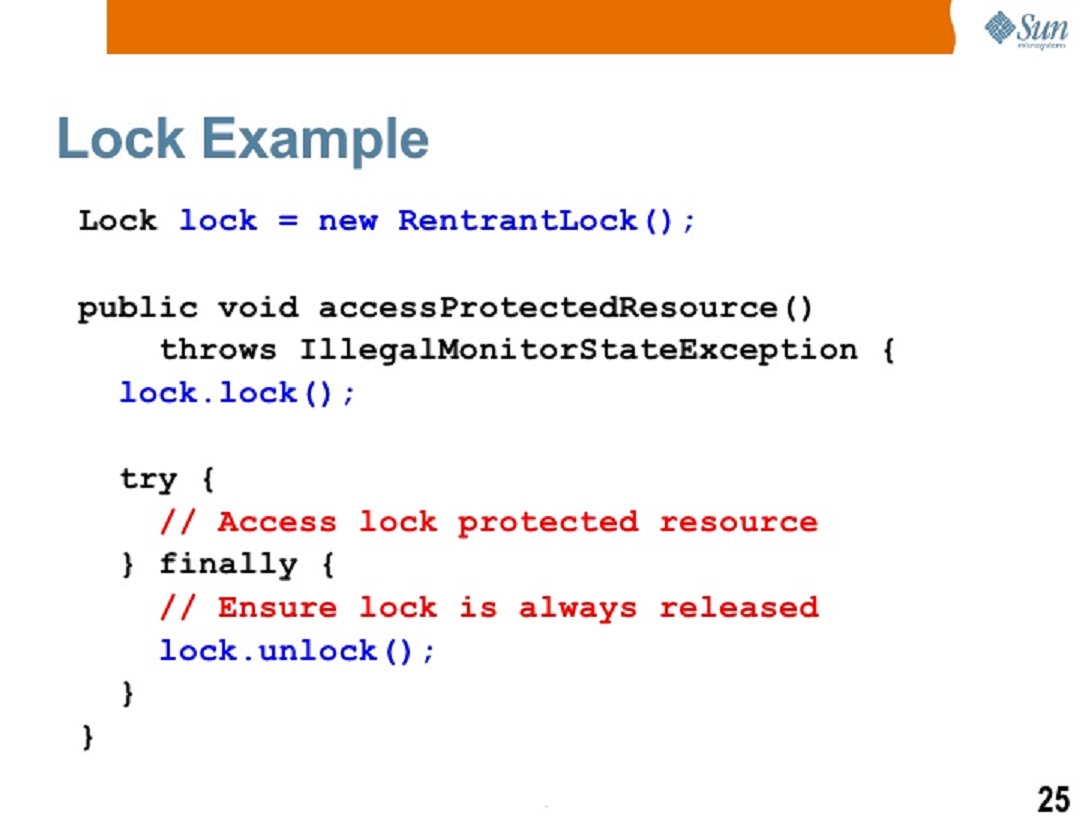
To use a lock in Java, you need to create an instance of ReentrantLock or ReentrantReadWriteLock, depending on your requirements.
Condition:
A condition is a mechanism that allows threads to wait and notify each other. It's used to coordinate the behavior of multiple threads that are sharing resources protected by a lock. A condition variable can be thought of as a flag that indicates whether a certain event has occurred.
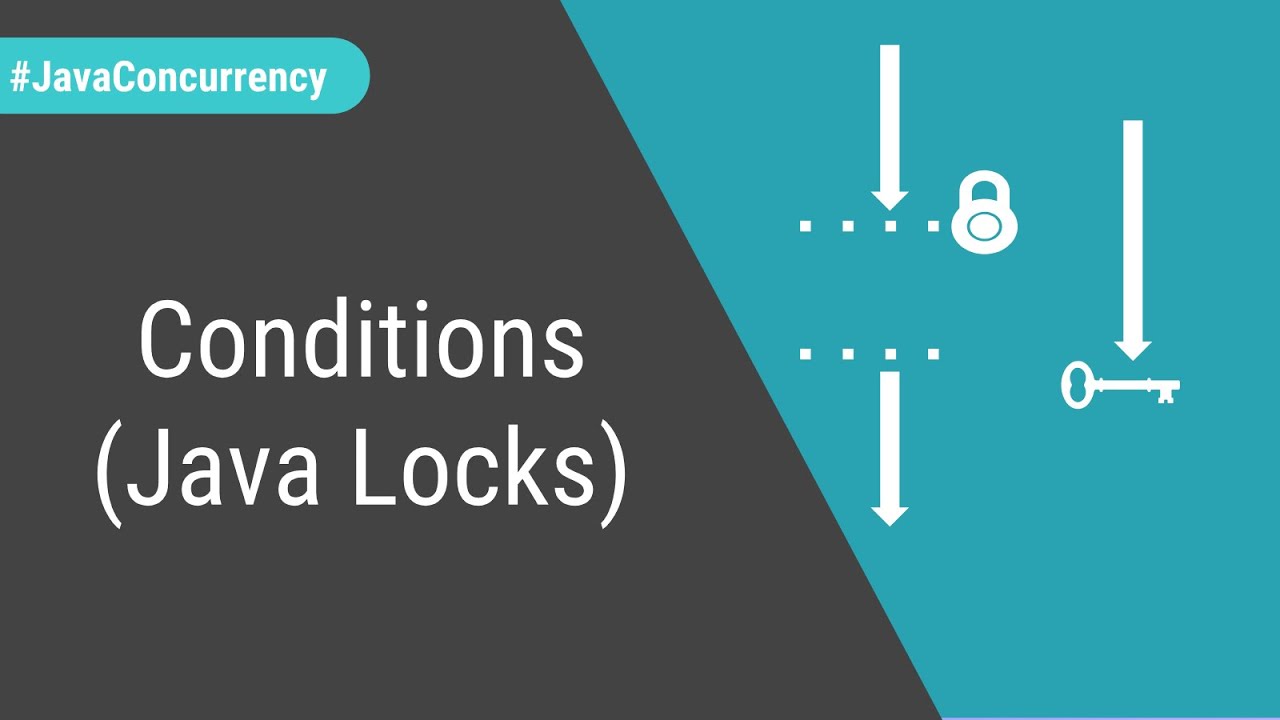
There are two main methods associated with a condition:
wait(): This method makes the current thread wait until another thread callssignal() or signalAll(). signal() or signalAll(): These methods notify one or all waiting threads, respectively.
Here's an example of using a lock and condition:
import java.util.concurrent.locks.Condition;import java.util.concurrent.locks.Lock;
import java.util.concurrent.locks.ReentrantLock;
public class Printer {
private final Lock lock = new ReentrantLock();
private final Condition condition = lock.newCondition();
public void print(int number) {
lock.lock();
try {
// Do some processing before printing
System.out.println("Printing: " + number);
// Signal to other threads that the task is complete
condition.signalAll();
} finally {
lock.unlock();
}
}
public void waitUntilPrinted() throws InterruptedException {
lock.lock();
try {
// Wait until the printing task is complete
condition.await();
} finally {
lock.unlock();
}
}
}
In this example, print() method acquires the lock and prints a number. The waitUntilPrinted() method waits until the print operation is complete by calling condition.await(). When the print task is finished, the thread that called print() calls condition.signalAll() to notify all waiting threads.
Benefits:
Using locks and conditions in Java Multithreading provides several benefits:
Concurrency: Locks ensure that only one thread can execute critical sections of code at a time. Coordination: Conditions enable threads to coordinate their behavior and wait for specific events to occur. Efficiency: By using lock-free synchronization mechanisms, you can reduce the overhead of locks and improve performance.In conclusion, Java locks and conditions are essential components in Java Multithreading. They provide a way to synchronize access to shared resources and enable threads to coordinate their behavior. Understanding how to use locks and conditions effectively is crucial for building efficient and scalable multithreaded applications.
How many locks are there in Java?

I'll respond in English this time, as requested!
Java has four primary locking mechanisms:
Synchronized methods and blocks: Synchronization is achieved by using thesynchronized keyword on a method or block of code. When multiple threads try to access synchronized code, only one thread can execute it at a time. Lock objects (ReentrantLock): Introduced in Java 5, java.util.concurrent.locks.Lock and its implementations (ReentrantLock, Semaphore, etc.) provide a more fine-grained locking mechanism. Locks are associated with specific objects or resources and allow for more flexible synchronization control. Read-write locks (ConcurrentHashMap): In Java 8, the java.util.concurrent.ConcurrentHashMap class was introduced, which provides read-write locks for concurrent access to hash maps. StampedLock: Introduced in Java 9, java.util.concurrent.locks.StampedLock is a specialized lock designed specifically for optimistic concurrency control (i.e., "try-lock" semantics).
Other locking-related features and classes include:
volatile variables: Guarantees visibility of changes to shared variables across threads. AtomicInteger, AtomicReference, etc.: Provide thread-safe, atomic operations for updating shared state.java.util.concurrent packages (e.g., locks, concurrentHashMap, atomic): Offer various synchronization primitives and utilities for concurrent programming.
In addition to these built-in locking mechanisms, Java developers can also employ custom-designed locks using low-level concurrency APIs, such as:
sun.misc.Unsafe: Provides direct access to memory management and atomic operations. java.lang.reflect.Field'ssetAccessible method: Can be used to bypass synchronization and access private fields directly (though this is generally discouraged for performance and maintainability reasons).
When deciding which locking mechanism to use, consider factors like:
Performance requirements: Some locks might have higher overhead than others. Lock contention: Choose locks that minimize lock contention or provide efficient lock acquisition and release mechanisms. Code simplicity and readability: Favor simpler synchronization constructs (likesynchronized) for straightforward scenarios.
Remember, choosing the right locking mechanism requires careful consideration of your specific concurrency needs and constraints.
